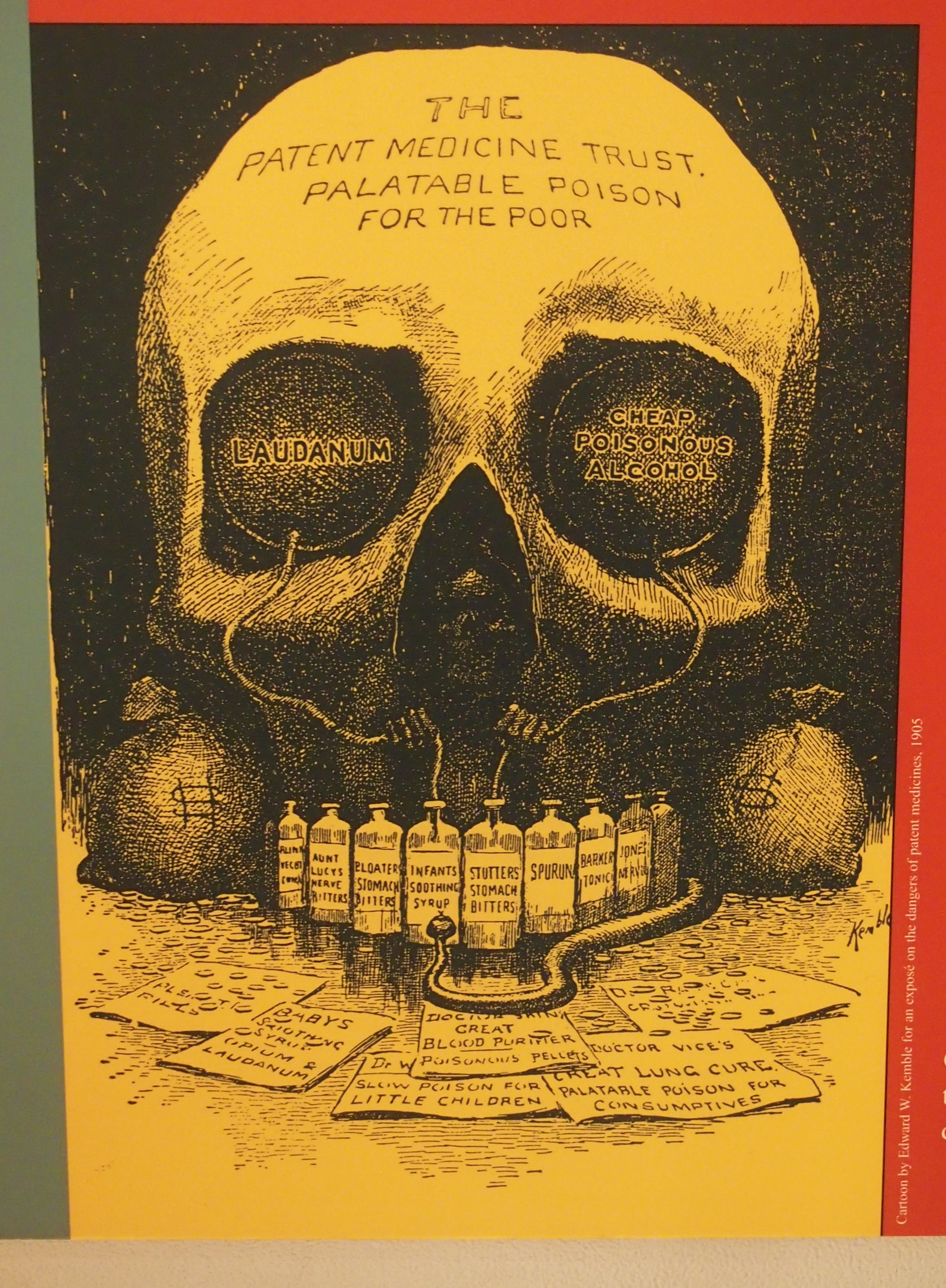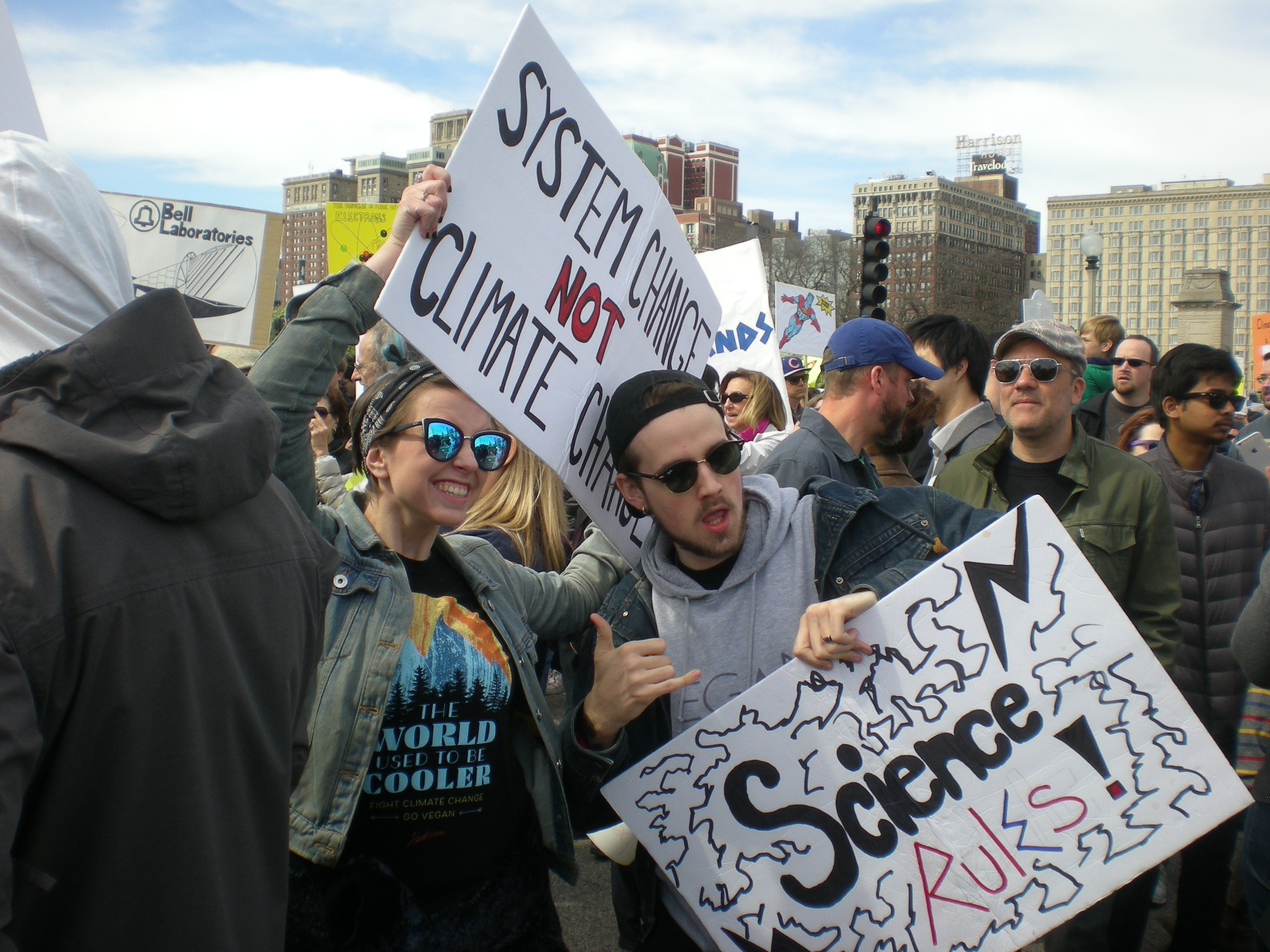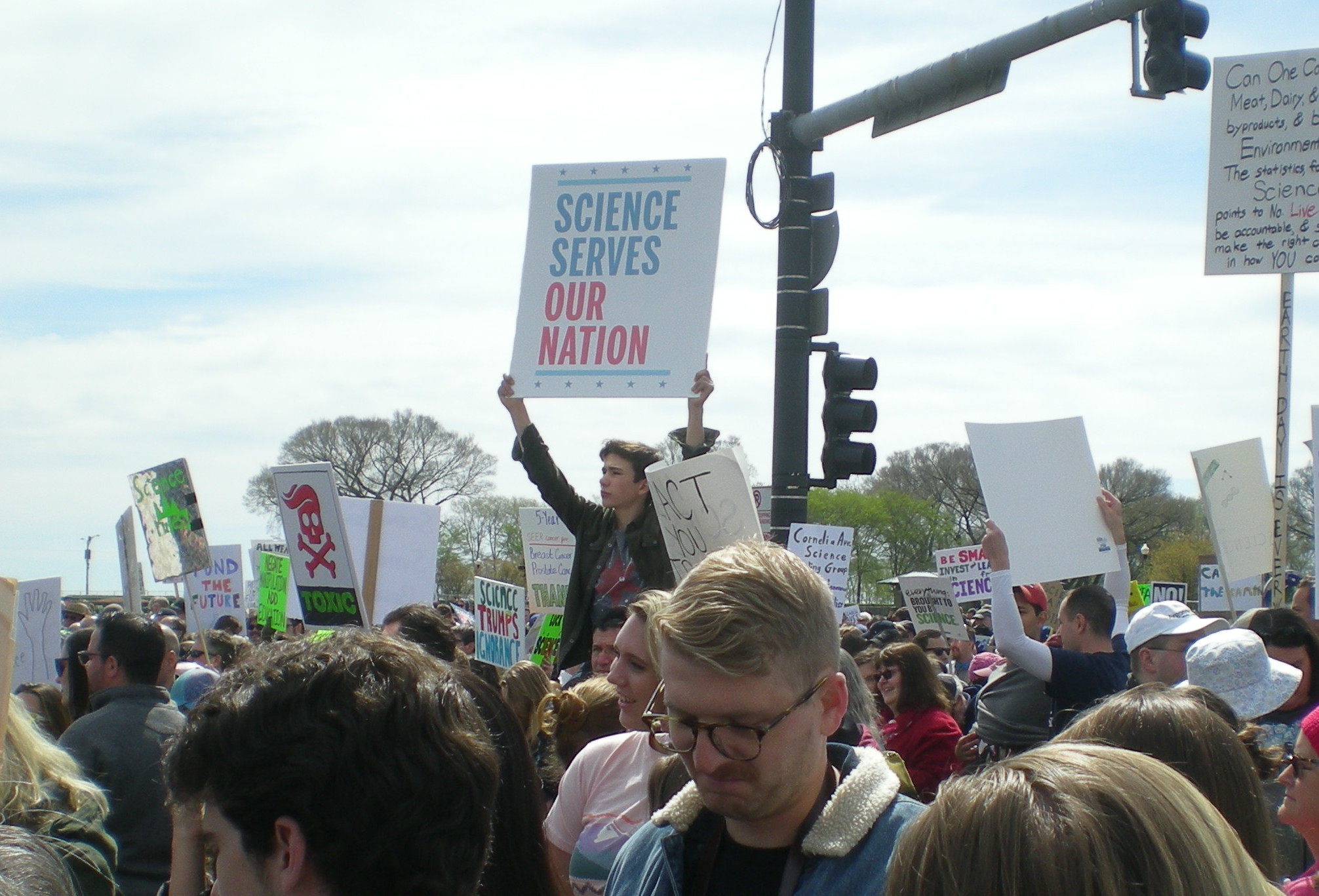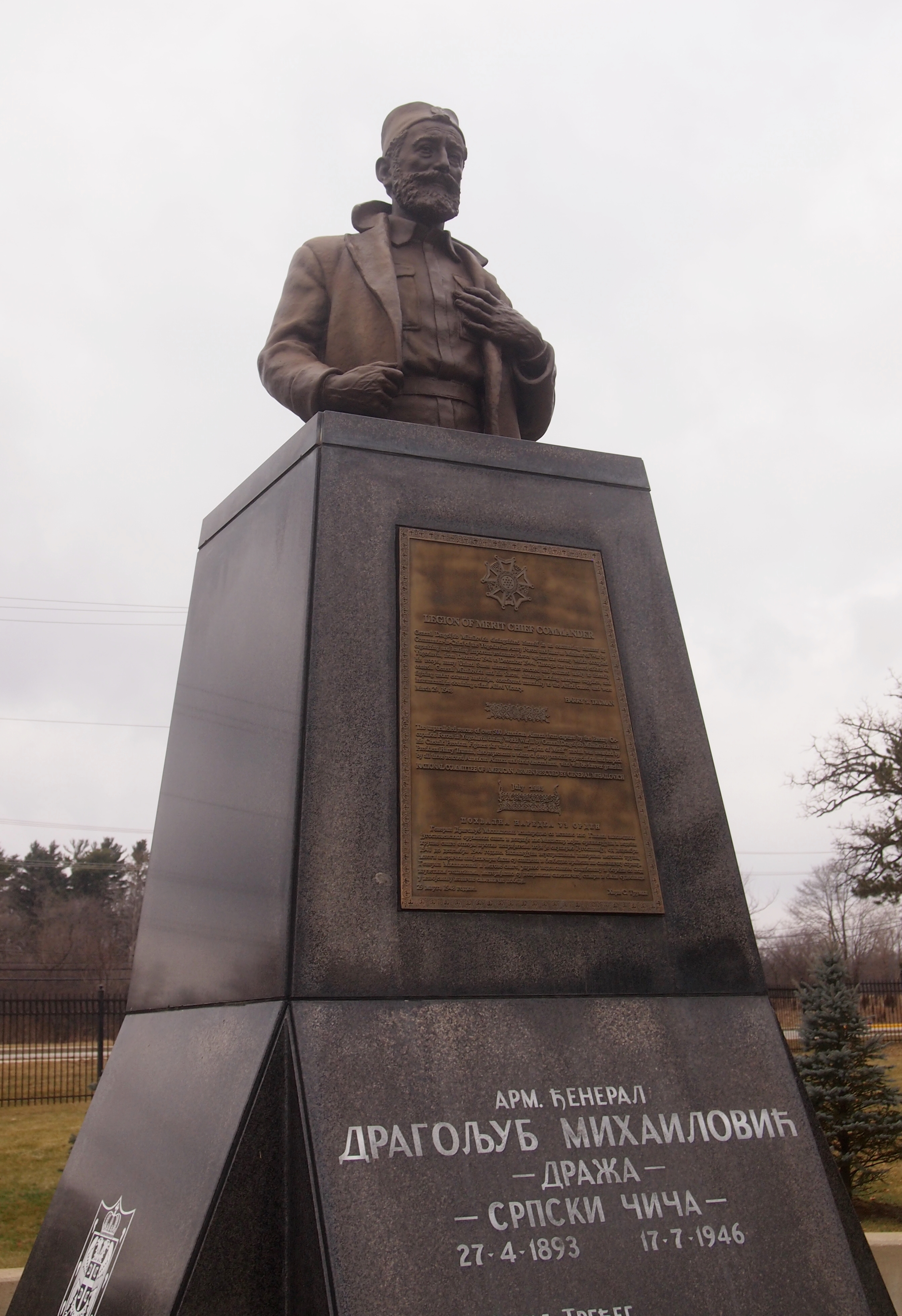Something I didn’t know before, courtesy of the National Christmas Tree Association: “Christmas Trees were added to the federal agriculture census in 1997, when the responsibility for census shifted from the U.S. Department of Commerce, Bureau of the Census, to the United States Department of Agriculture (USDA), National Agricultural Statistics Service (NASS). The agriculture census is conducted every five years.
The 2012 Census of Agriculture results were released by USDA in May 2014.”
That means that for this year’s census, we’ll have to wait until 2019. Then we’ll know for sure whether there was a Christmas tree shortage this year, as has been reported.
The association says: “Recent price increases are due to a tighter supply of harvestable size Christmas trees. The current tight supply situation results from fewer trees being planted 7 to 10 years ago. This was due to a combination of excess supply at that time and the recession both pushing prices downward, along with some growers exiting the business.”
I will say that all of the Christmas tree lots I’ve visited in recent years are gone. Even the nursery that sells trees not too far from my home has none this year. But it didn’t have too many last year.
So this year I went to a big box store, my last resort when it comes to trees. I was late anyway, only getting around to it on Monday. Even that store only had a few. The price was right, though: about $16 plus tax for something not so different from last year’s. Guess the store was trying to get rid of its remaining inventory.
Back to the census. In 2012, there were 309,356 acres of Christmas tree farms nationwide, down from 446,996 in 2002. That could indeed help account for a paucity of trees this year. The number-one state when it comes to acres of Christmas trees under cultivation? Oregon, at more than 53,600. North Carolina is next at about 40,300 acres and then the state I’d have guessed at number one: Michigan, nearly 38,000 acres.
Wyoming is at the bottom at zero acres. Nevada, North Dakota and Oklahoma are all listed as (D) with no explanation. Maybe the data is incomplete. Remarkably, some 52 acres of Christmas trees were cultivated in Hawaii in 2012.
One more thing. The motto of the National Christmas Tree Association is “It’s Christmas. Keep it real.”













